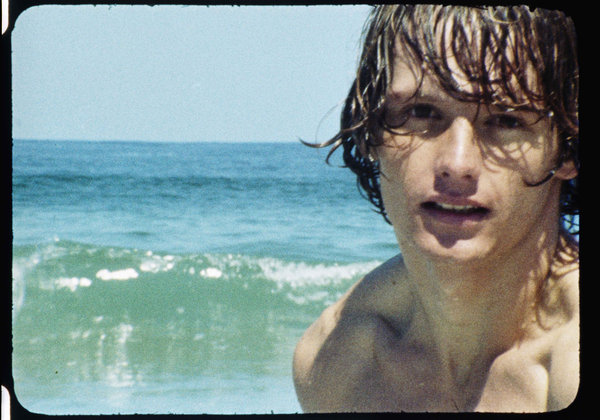“Artist, Auteur, or Performer—What’s the Difference? Some Problems of Art-Cinematic Authorship in Andy Warhol’s San Diego Surf (1968)”
Benjamin Ogrodnik, PhD Candidate, History of Art and Architecture and Film Studies, University of Pittsburgh
Constellation: Identity

After Valerie Solanas shot Warhol in 1967, the film San Diego Surf (SDS) was immediately shelved and stayed unfinished for twenty-seven years. SDS finally saw the light of day in 1995 when The Warhol Foundation hired long-time collaborator (and artistic rival) Paul Morrissey, who worked with Warhol from 1966-1974, to release a complete version to the public. Morrissey went on to claim he was the sole creator of the work, having performed the lighting, editing, production, direction, and shooting of the film, whereas he described Warhol as “helpless” in his creative and technical capacities, unable to operate a camera or direct his actors to perform.
Perhaps somewhat counter-intuitively, this presentation asks us to reconsider the antagonistic relationship between Morrissey-Warhol as a lens for exploring the disjunctions between art-world and film-world modes of practice and aesthetics that were taking shape in the 1960s. Using SDS as a case study, this presentation synthesizes recent scholarship by Walley, Alberro, and Uroskie on the working methods of avant-garde filmmaking. I argue that the figure of Warhol represents a “paracinematic” model of filmic authorship, in that his methods defy both “the politique des auteurs” circulated in Cahiers du Cinema and the radically acollaborative model embraced by Brakhage, Fisher, and ‘structural’ filmmakers.
Though Warhol received considerable attention for his early Minimal films, such as Eat, Sleep, and Empire, cinema scholars have been reluctant to analyze his sexploitation output, the so-called ‘personality’ films he produced in the late sixties that straddle art-house pedigree and B-movie sensibilities. I hope to remedy this scholarly gap with an understanding of Warhol’s deliberate resistance to models of authorship that have been applied to him – namely, the filmic author or ‘auteur,’ the artist, and, more recently, the media performer (Grundmann).
